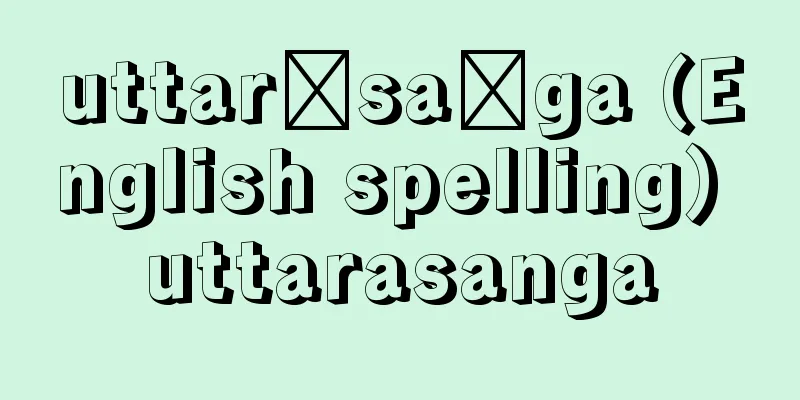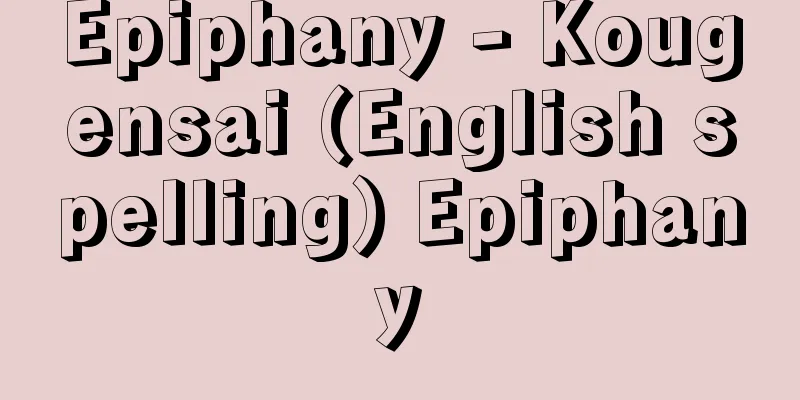Signature

|
As the literal meaning of "to write" or "to carve" suggests, since ancient times, inscriptions were written and engraved on metal or stone objects (bells, tripods, basins, monuments, stones, boards, etc.), and the term has come to refer broadly to phrases engraved on objects. The "Inscription on the Bathtub Basin -- New every day, new every day, new every day," which King Tang of the Yin Dynasty carved into his bathtub as a self-discipline, is already quoted in the "Great Learning" chapter of the Book of Rites, and the "Inscription on the Basin" by Confucius' ancestor, Zhengkaofu, is quoted in the Zuo Zhuan of the Spring and Autumn Annals. Later, inscriptions were also written on palaces, rooms, gates, wells, seats, etc., and furthermore, they began to be written as long sentences on paper as a style of writing. In terms of content, they can be broadly divided into those that admonish oneself, such as the "Personal Motto" of Cui Yan of the Han dynasty and the "Continued Personal Motto" of Bai Juyi of the Tang dynasty, and those that serve as both records and praise for oneself and others. Examples of the latter include the "Taishan Inscription," "Kaiji Inscription," "Langyatai Inscription," "Zifu Inscription," and "Jieshi Inscription" in the Records of the Grand Historian, and the genre of monuments and grave inscriptions, particularly those aimed at the dead, includes monumental inscriptions and epitaphs. There are many excellent works of life records and biographical literature among tomb inscriptions and epitaphs. [Masaya Sugimori] Source: Shogakukan Encyclopedia Nipponica About Encyclopedia Nipponica Information | Legend |
|
「記す」「刻み込む」という字義のとおり、古来、金石や器物(鐘、鼎(かなえ)、盤(たらい)、碑、石、板など)に記し、刻み込まれた文句を広くさしていった。すでに殷(いん)の湯(とう)王が湯あみする盤に彫って自戒したという「湯の盤銘――苟 (まこトニ)日新、日日新、又日新」が『礼記(らいき)』「大学篇(へん)」に、孔子の祖の正考父(せいこうほ)の「鼎銘(ていめい)」が『春秋左伝』に引用されている。その後、宮、室、門、井、席などにも銘が記されることになり、さらに文体の一つとして紙面に長い文章として書かれるようになった。内容からいって、漢の崔瑗(さいえん)の「座右銘」、唐の白居易(はくきょい)の「続座右銘」などのように自ら戒めるものと、自他の記録、称賛を兼ねたものとに大別される。『史記』の「泰山銘」「会稽(かいけい)銘」「琅邪(ろうや)台銘」「子罘(しふ)銘」「碣石(けっせき)銘」などが後者であり、とくに死者を対象とするジャンルに碑名、墓銘がある。墓銘または墓誌銘には人生記録、伝記文学としての優れた作品がある。 [杉森正弥] 出典 小学館 日本大百科全書(ニッポニカ)日本大百科全書(ニッポニカ)について 情報 | 凡例 |
Recommend
Involute Gear - Involute Gear
A gear with a tooth profile formed by an involute ...
Kariwa Shell Mound
…Outside the western sand dunes, the nuclear powe...
Gakusho betto - Gakusho no betto
...A place for studying Tang music and music from...
ICI - I C I
Abbreviation for Imperial Chemical Industries PLC...
Antiaris africana (English spelling) Antiaris africana
…[Hiroshi Aramata]. … *Some of the terminology th...
Hentaigana - Hentai-gana
Among hiragana characters, those that are not com...
Luigi Federzoni
1878‐1967 Italian politician. He was a founding me...
Muso
Indonesian revolutionary. Born in Kediri, East Jav...
Mount Hakkai
A sacred mountain in Minami-Uonuma City, Niigata ...
Yamaga [town] - Yamaga
This old town occupies the right bank of the upper...
The Story of Kirishitan
Author unknown. 2 volumes. Completed in 1639 (Kan&...
Cascade Mill - Cascade Mill
…These are called autogenous grinding mills. Auto...
Ankokuji Ekei
A Zen monk and politician in the Azuchi-Momoyama ...
Adolph Simon Ochs
1858‐1935 American newspaper executive. Born in Ci...
Egota Flora
A general term for fossil plants found in the sedi...





![Maeander (English spelling) [Latin]](/upload/images/67ccfdd729807.webp)



